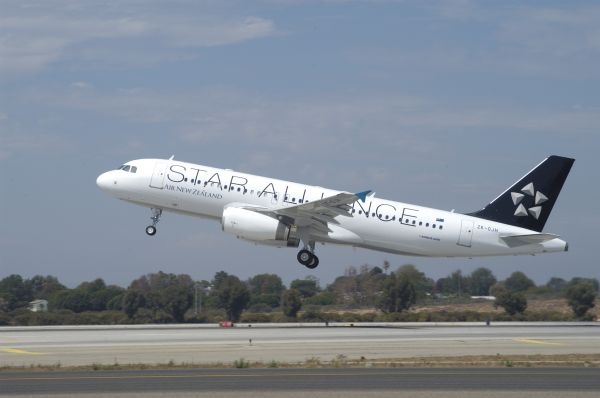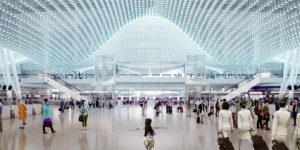How does an airline alliance help travelers?
Vietnam Airlines joined the SkyTeam alliance earlier this month, the latest airline to join one of the three loose confederations that dominate the aviation industry. For most passengers, the membership lists of SkyTeam, OneWorld and Star Alliance are of little concern, as they make very little noticeable difference to the day-to-day services offered by the […]


Vietnam Airlines joined the SkyTeam alliance earlier this month, the latest airline to join one of the three loose confederations that dominate the aviation industry.
For most passengers, the membership lists of SkyTeam, OneWorld and Star Alliance are of little concern, as they make very little noticeable difference to the day-to-day services offered by the airlines.
But alliances are an important factor in travel and knowing who is who can often save travelers time and money, as well as increasing the comfort of the journey.
Alliance agreements almost always involve the creation of so-called “codeshare” routes, where airlines can sell space on board a flight operated by another alliance member as if it were their own.
For passengers, codeshare agreements mean that the list of destinations offered by their favorite airline gets a lot bigger when it joins an alliance, making the booking process simpler, journey times faster (as schedules are aligned) and even reducing prices.
When TAM Airlines joined the Star Alliance in May it added more than 40 Brazilian destinations to Star Alliance members, a significant expansion into South America, especially for US members such as Continental and United.
Similarly, codeshare agreements with Chinese carriers are currently opening up the country to more Western passengers as travelers can book routes quickly and easily from their favorite airline’s website.
Passengers may also notice, once routes have been rearranged, that connections between flights become easier, with Star Alliance’s “Move Under One Roof” program currently attempting to colocate its airlines under one terminal roof in its major hubs, meaning shorter walks for passengers and more help along the way from Star Alliance staff.
The same sometimes applies to check-in desks, theoretically shortening the wait for passengers when they arrive at the airport.
For fliers that cover some routes regularly, and members of airline loyalty programs, airline alliances can be even more useful.
Travelers with air miles to spend can normally spend them across an alliance’s network, expanding the list of destinations that are accessible using reward miles.
Similarly, members of an alliance often have reciprocal arrangements on airline lounges — some members of frequent flier programs operated by SkyTeam members will now be able to use Vietnam Airlines’ lounges in Hanoi and Ho Chi Minh City, for instance.
Source: AFPrelaxnews
Global Airline Alliances:
SkyTeam: Aeroflot, Aeromexico, Air France, Alitalia, China Southern, Czech Airlines, Delta Air Lines, KLM Royal Dutch Airlines and Korean Air, and two Associate Airlines: Air Europa, and Kenya Airways.
Star Alliance: Adria Airways, Air Canada, Air China, Air New Zealand, ANA, Asiana Airlines, Austrian, Blue1, bmi, Brussels Airlines, Continental Airlines, Croatia Airlines, EGYPTAIR, LOT Polish Airlines, Lufthansa, Scandinavian Airlines, Shanghai Airlines, Singapore Airlines, South African Airways, Spanair, SWISS, TAM AIrlines, TAP Portugal, Turkish Airlines, THAI, United and US Airways.
OneWorld: American Airlines, British Airways, Cathay Pacific, Finnair, Iberia, Japan Airlines, LAN, Malév Hungarian Airlines, Mexicana, Qantas and Royal Jordanian.










